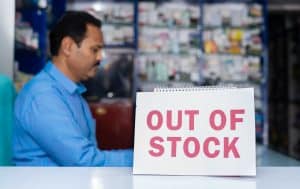Think you’ve got supply chain problems? Spare a thought for John Titmuss. He took up his role as group supply chain director at United Biscuits (where he was previously HR director) at the start of October. Two months later came Storm Desmond. Then storm Eva.
The flooding of the company’s factory has caused massive disruption to its business. Production of some lines was able to start up again in January, but many of its most famous brands are yet to make it back onto supermarket shelves. Stocks are only expected to reach supermarkets from mid March.
It has been a vivid illustration of the impact natural hazards can have on supply chains even in developed, established markets.
Food for thought
The nation’s biscuit crisis has prompted a fair bit of levity, but the consequences are serious. Industry insiders estimate United Biscuits could be looking at a £50 million insurance claim. But at least insurance will cover the losses, according to the company, and at least its brands are probably strong enough for it to pick up where it left off with suppliers.
For many others, such a business interruption – a three-month break in production – would be terminal.
The food industry, of course, faces significant challenges in terms of managing its supply chain. Supermarkets developed the original just-in-time supply chains, after all – with their approach famously adopted elsewhere.
Added to this they face the usual issues: not just flooding but theft, ethical issues, and increasing complexity from expanding into new geographies. United Biscuits is a good example, with exports rocketing and key target markets including Africa, the Middle East, India and China. Supply chain risks management is as important, or even more so, here as in any other industry.
In this context, the apparent vulnerability of the company’s production – so crippled by flooding at its factory (and not for the first time) is striking. A national shortage of ginger nuts will strike many as a storm in a teacup. It suggests, however, a sector that still has some way to go to build supply chain resilience.
